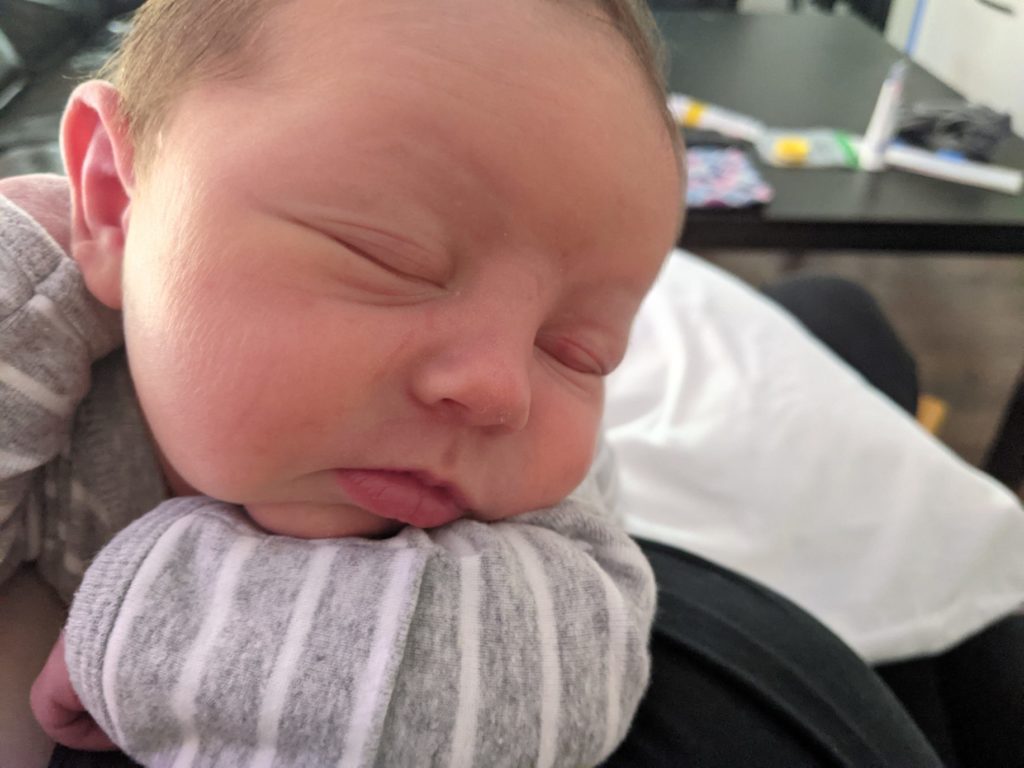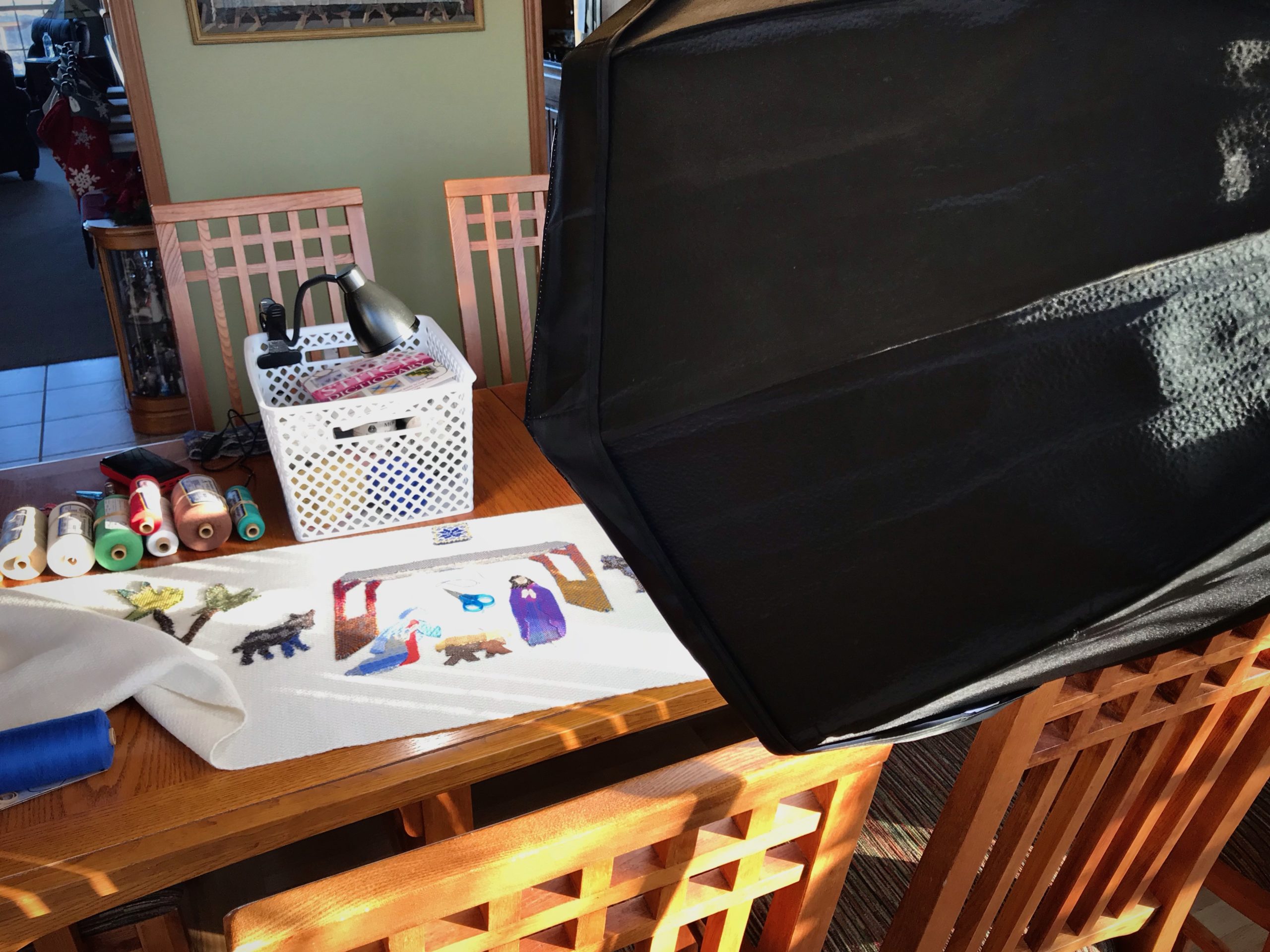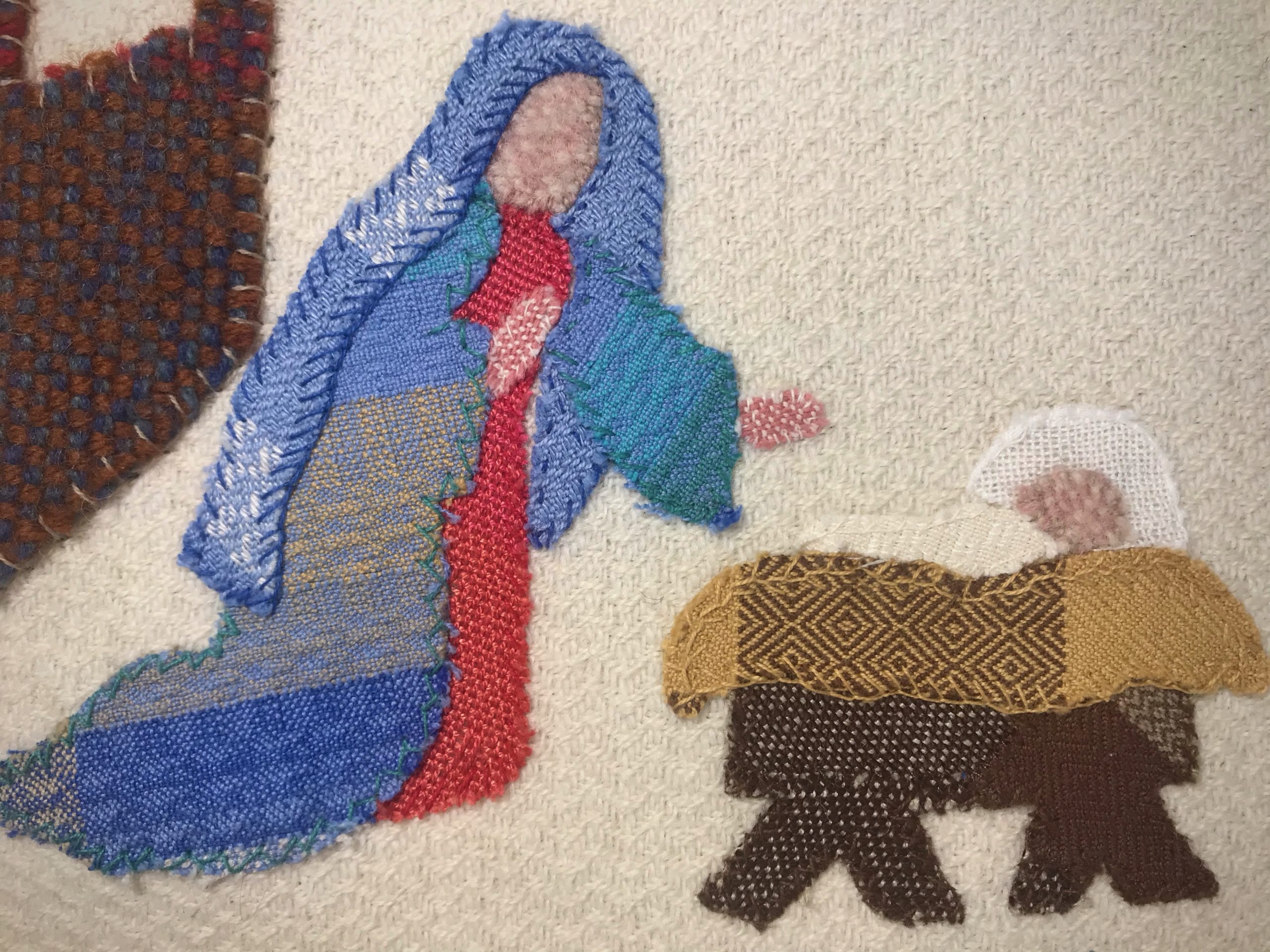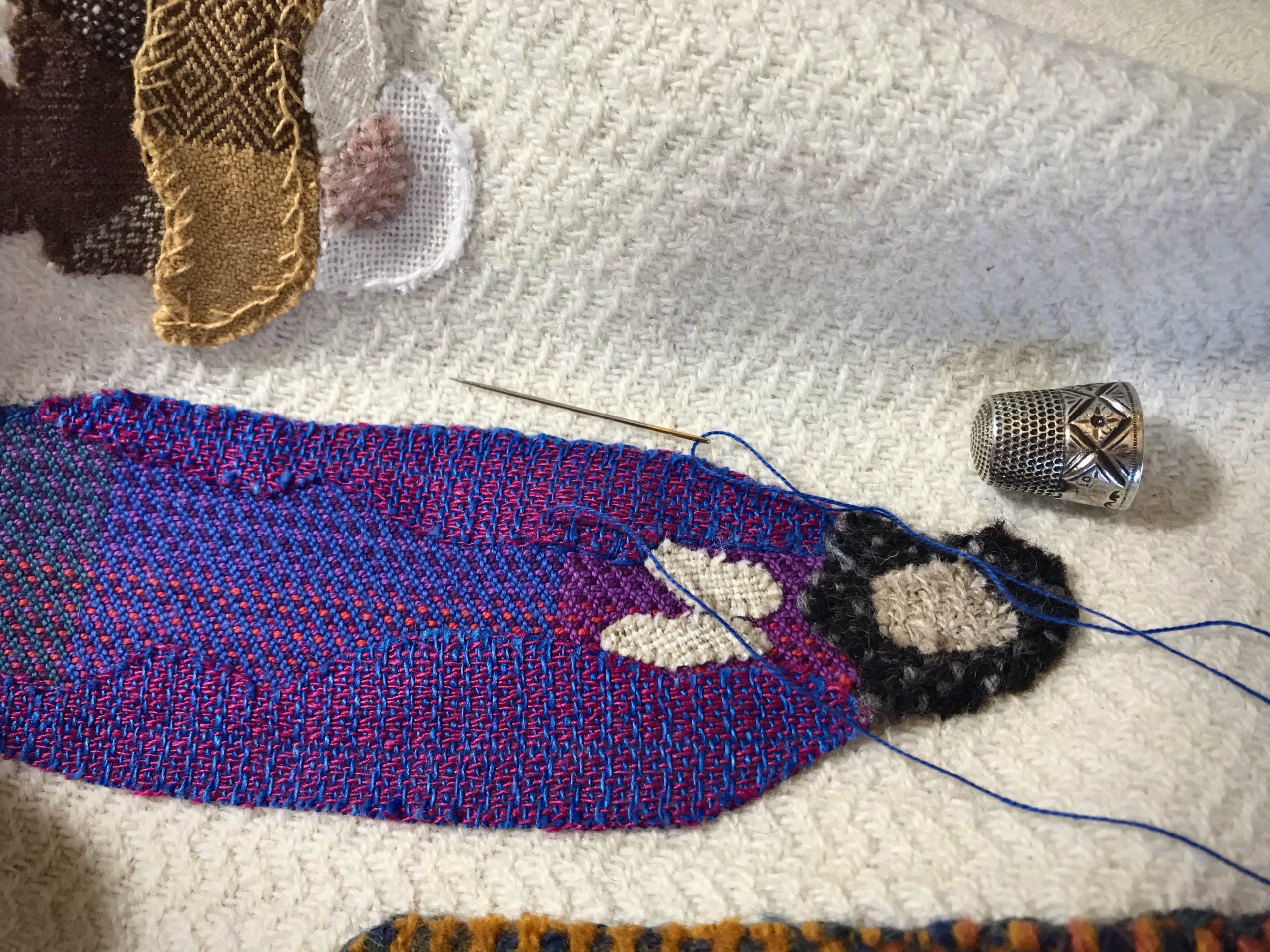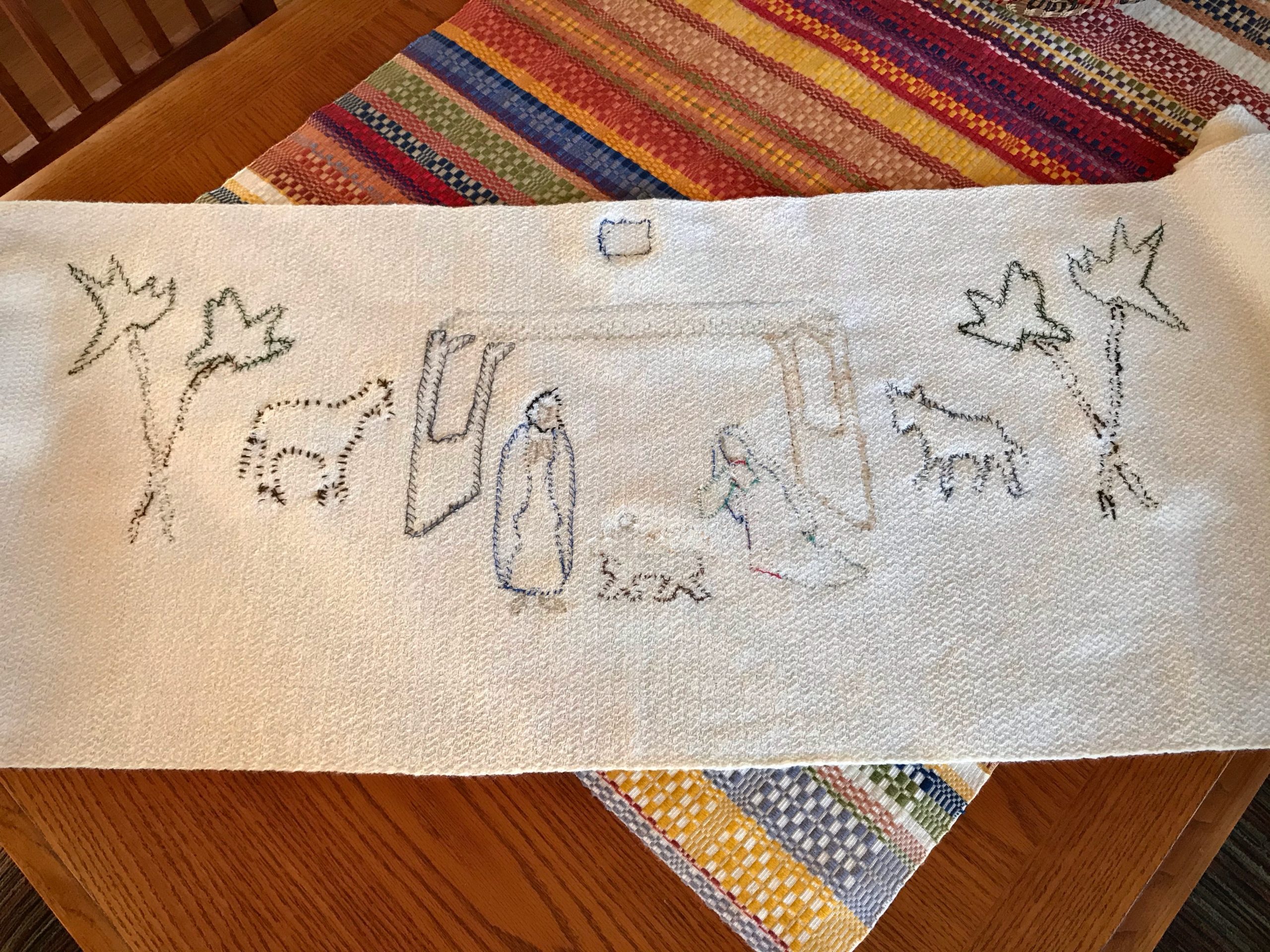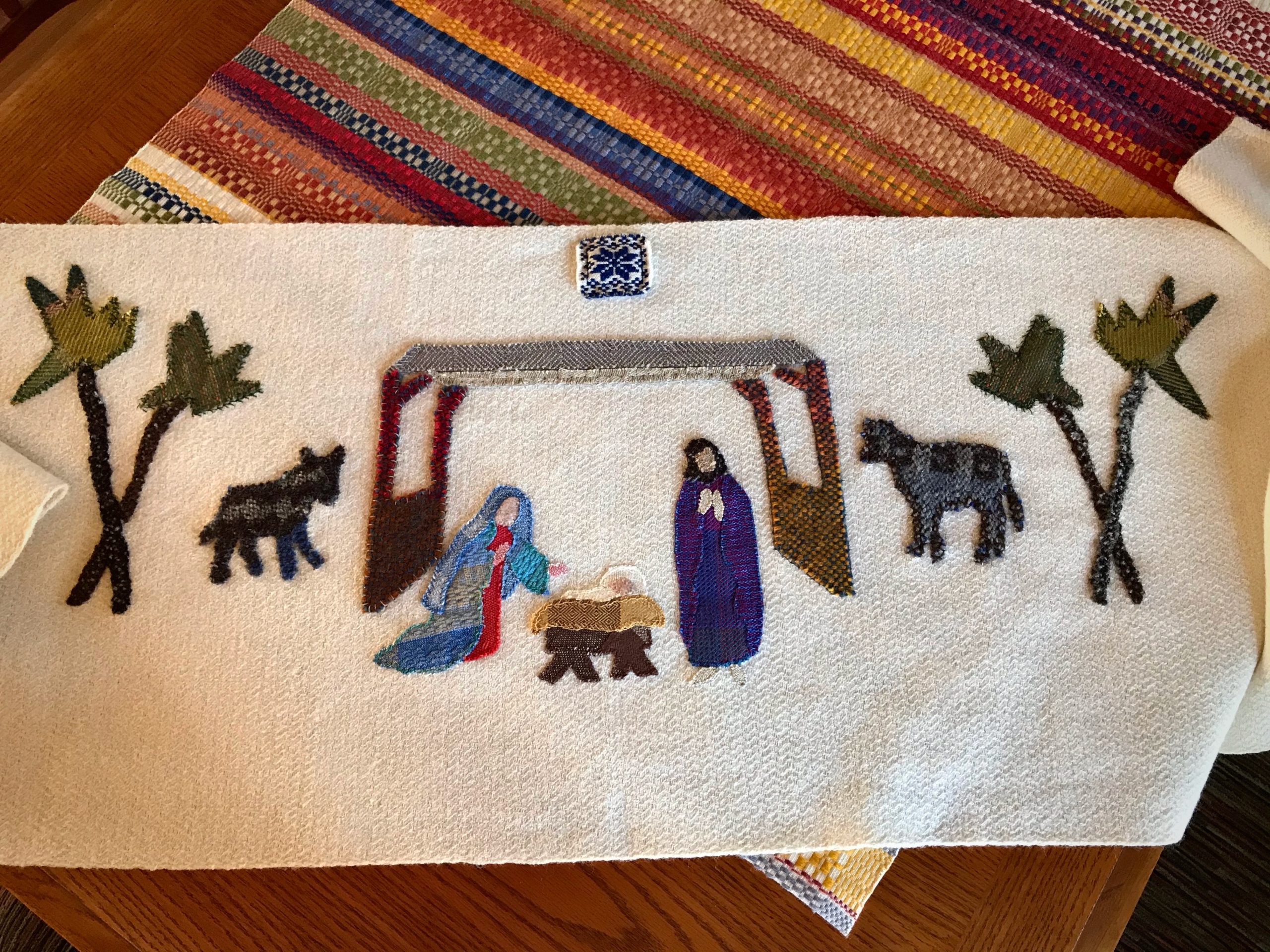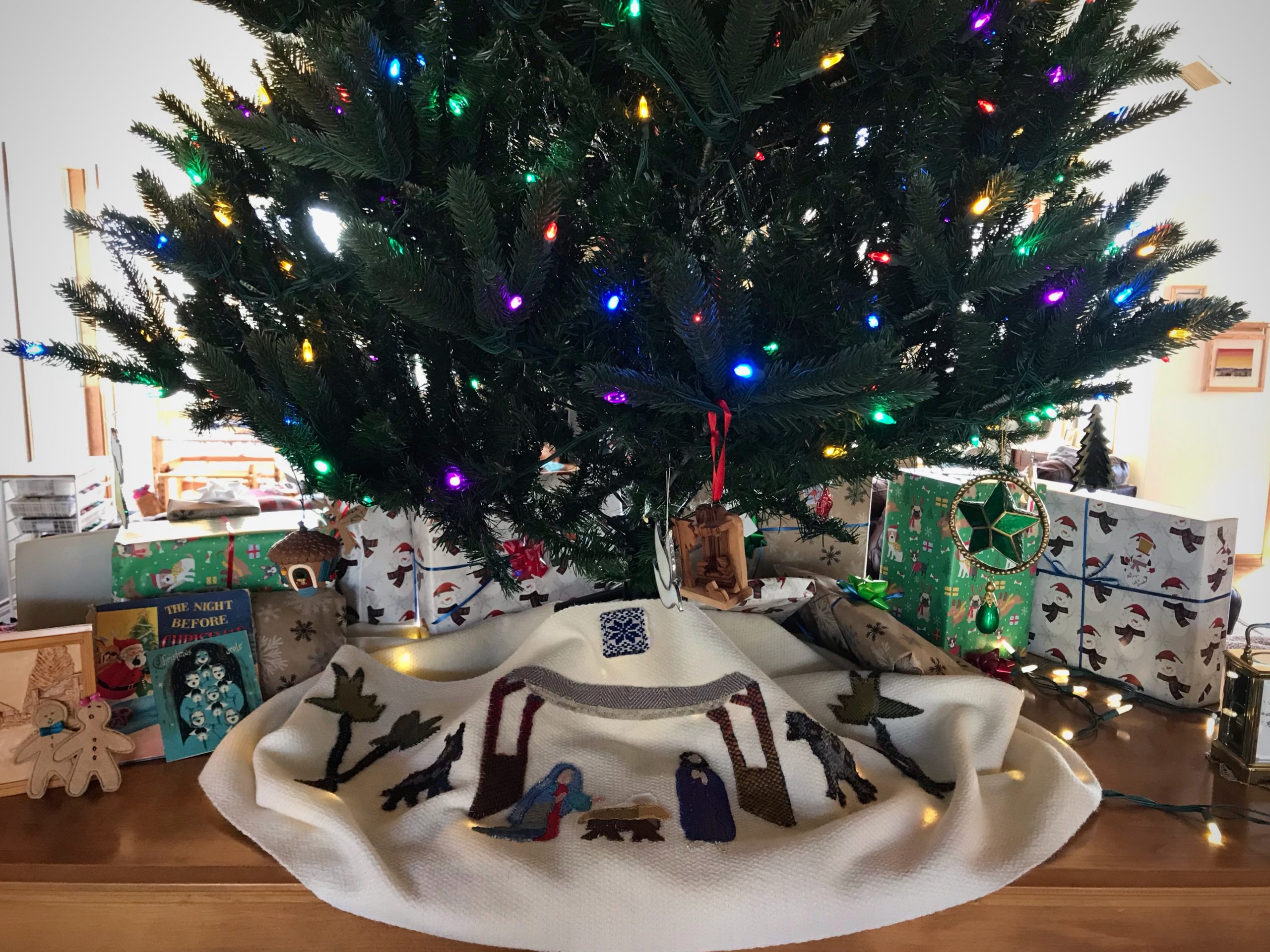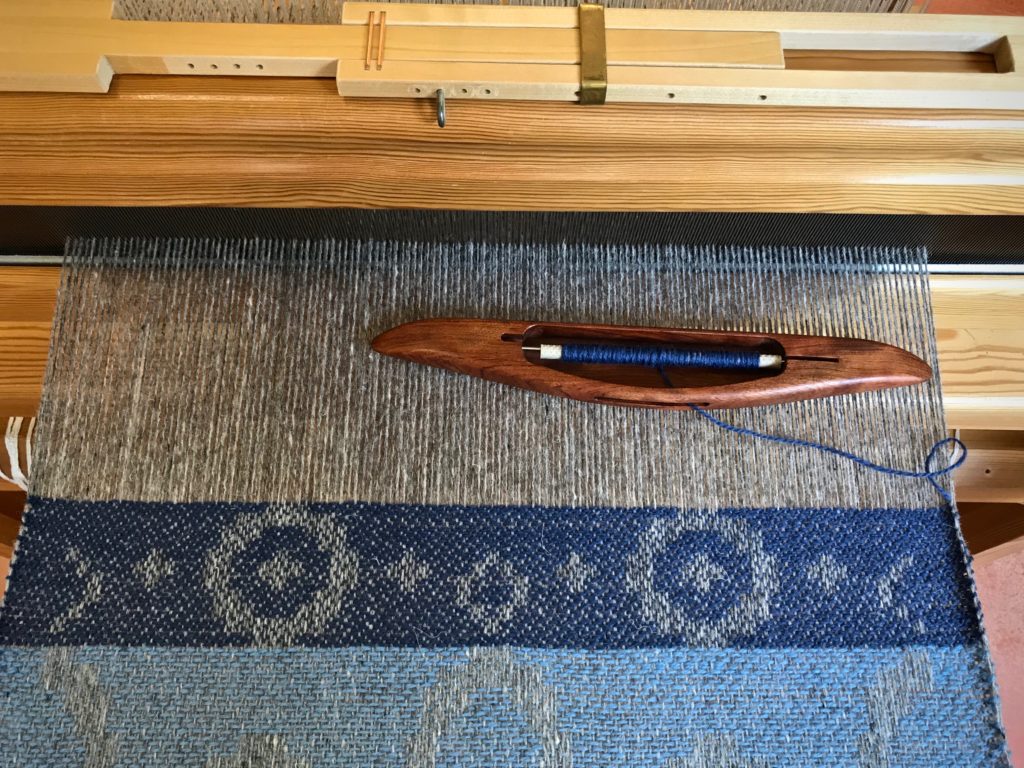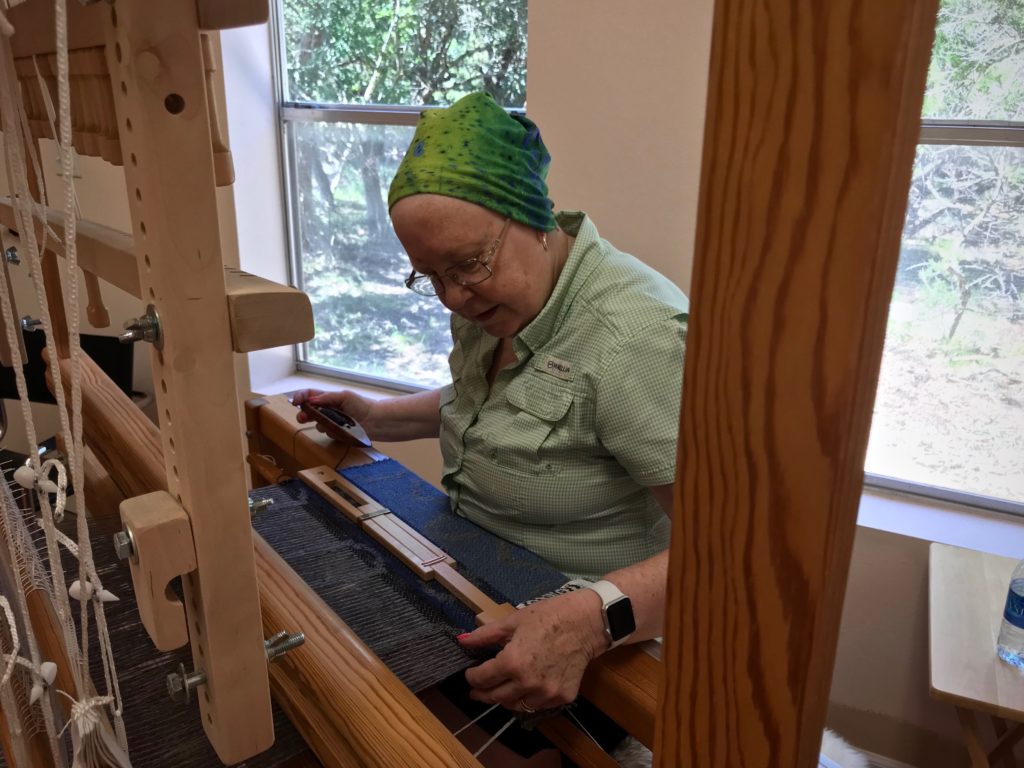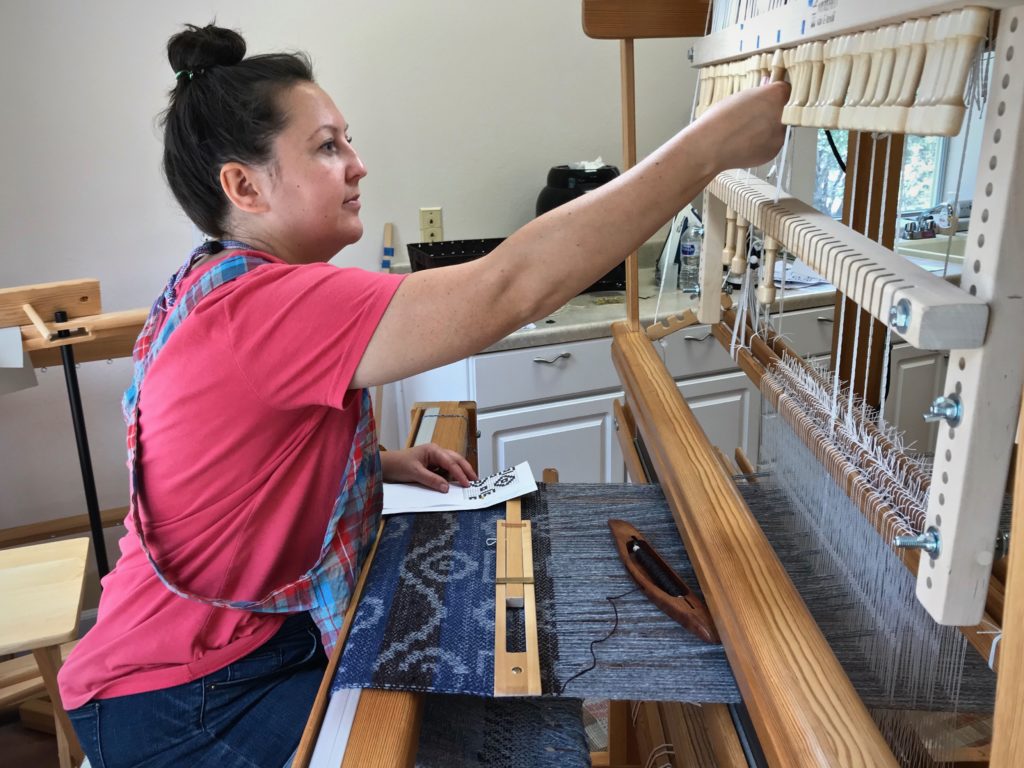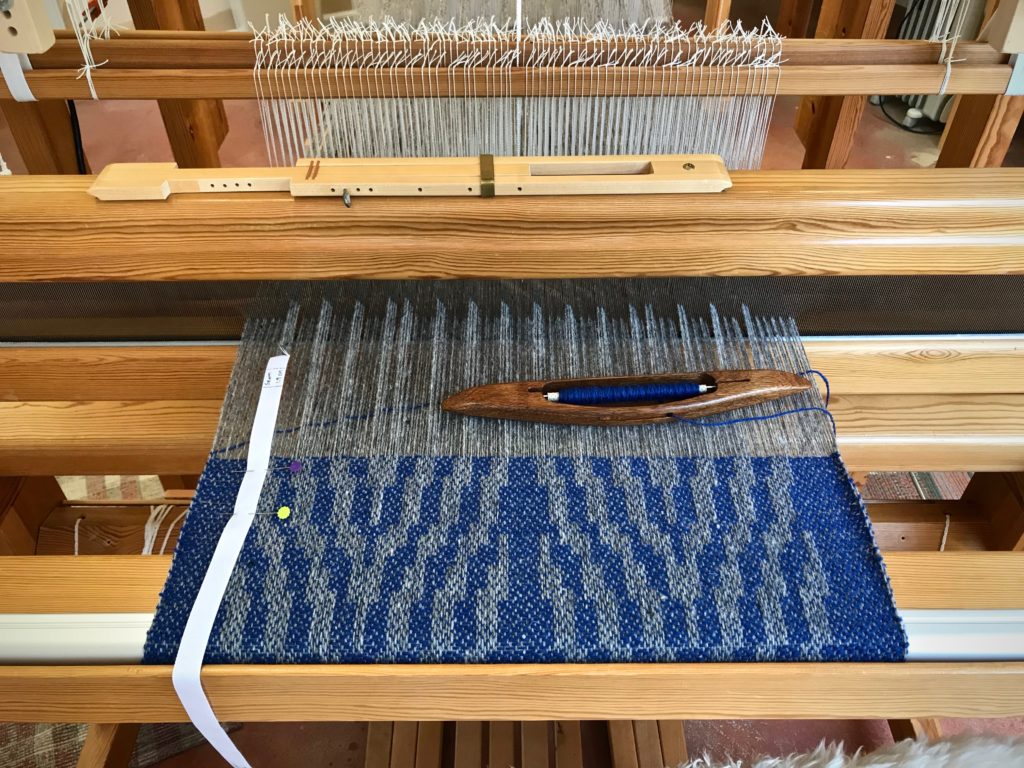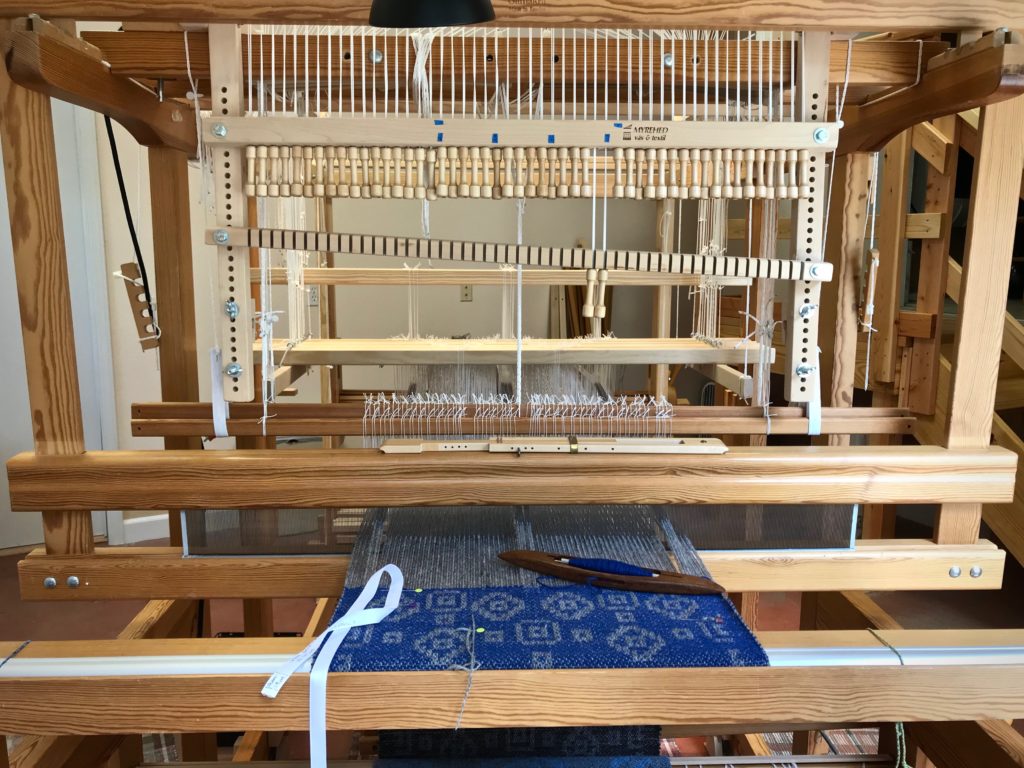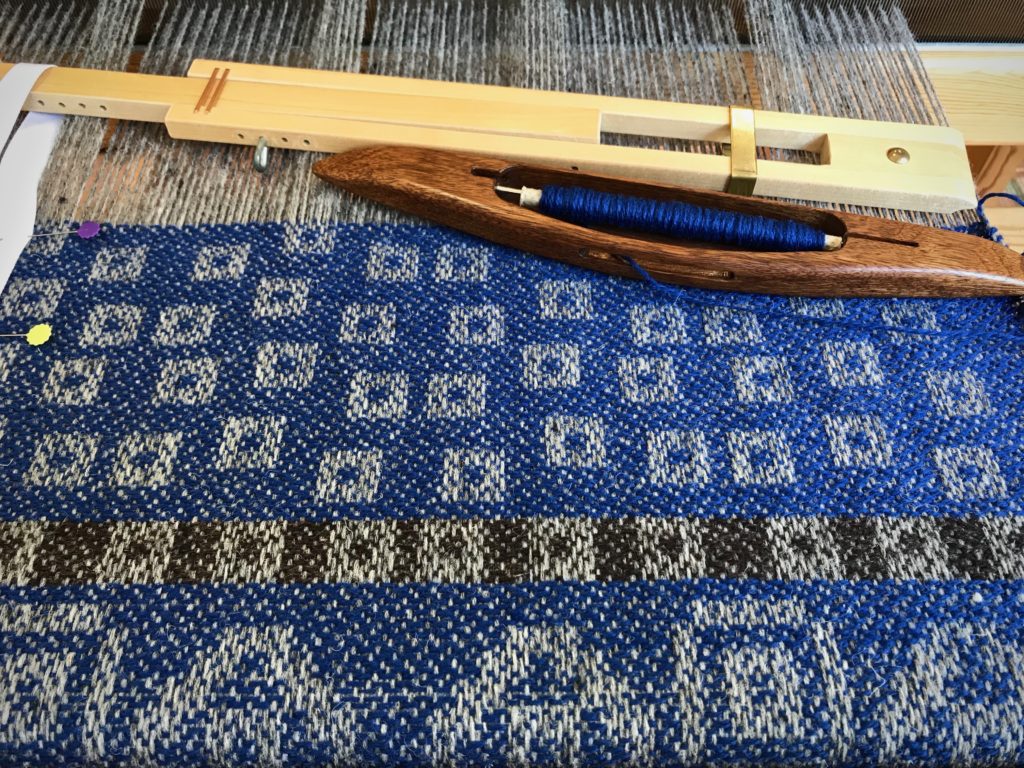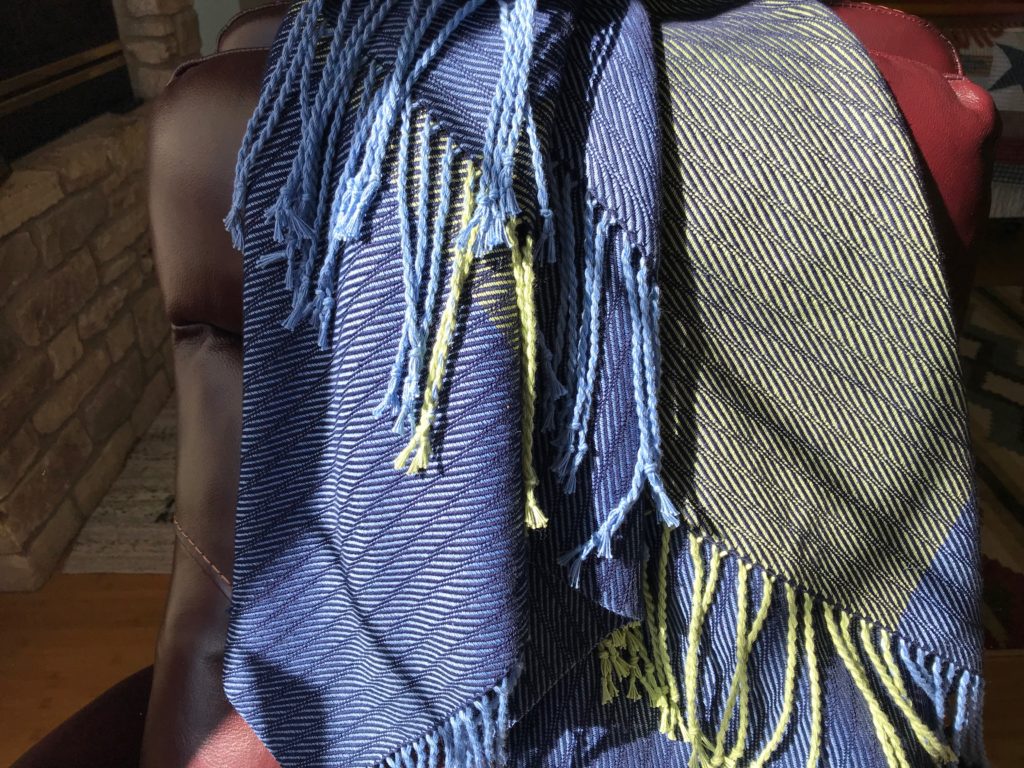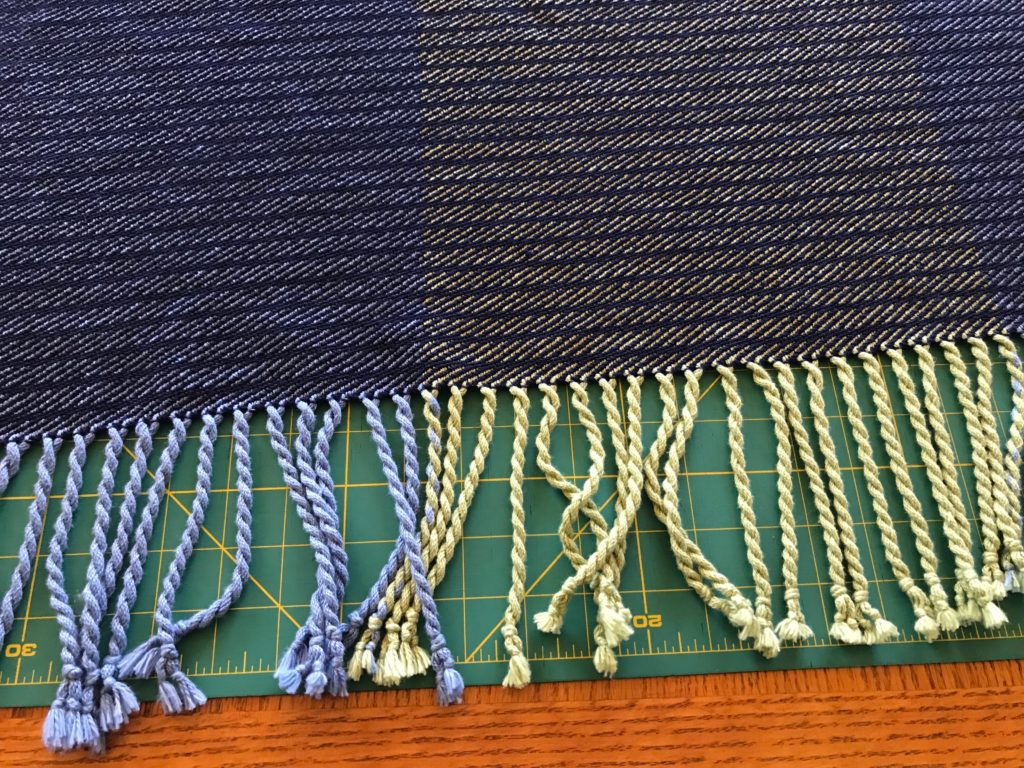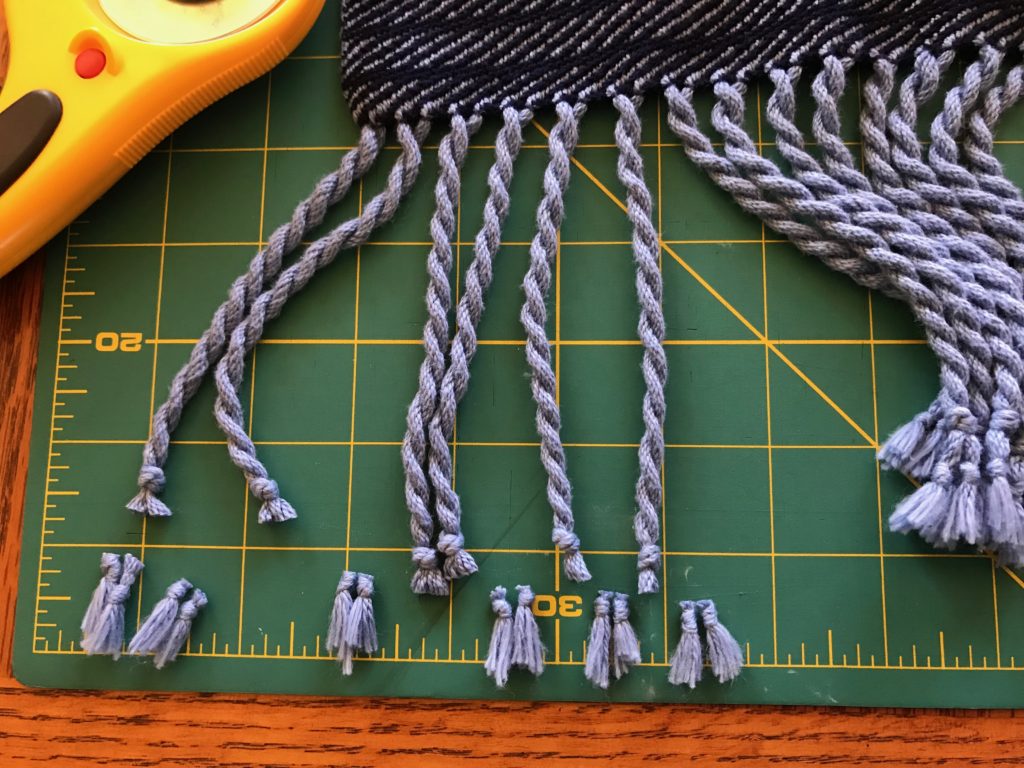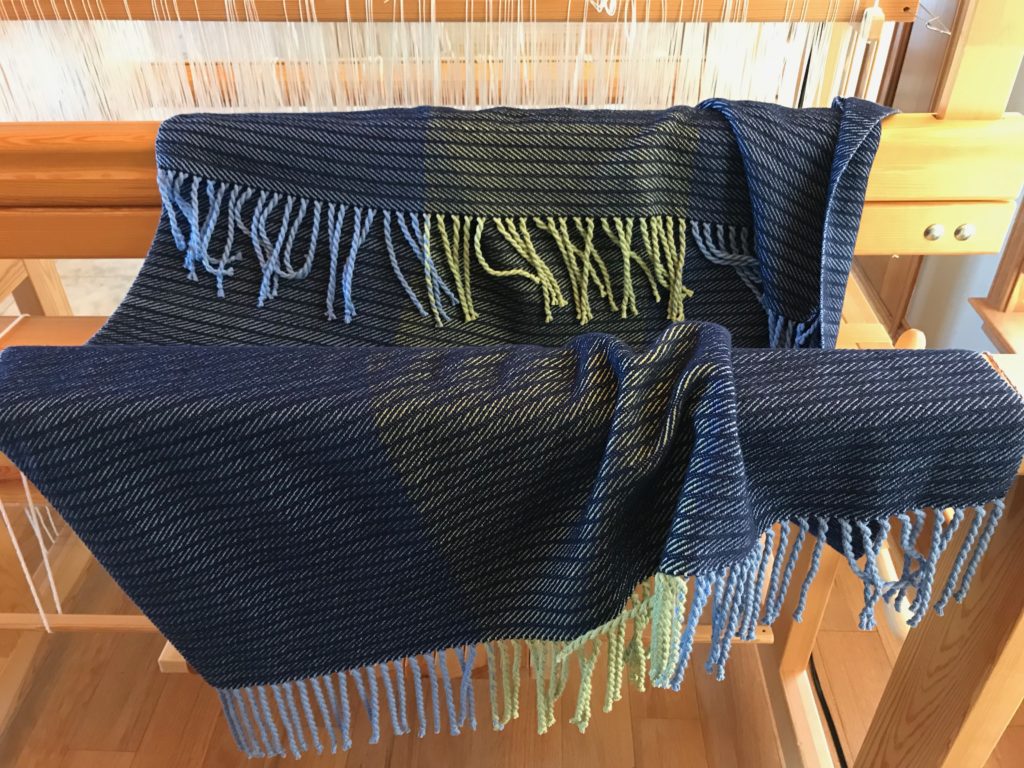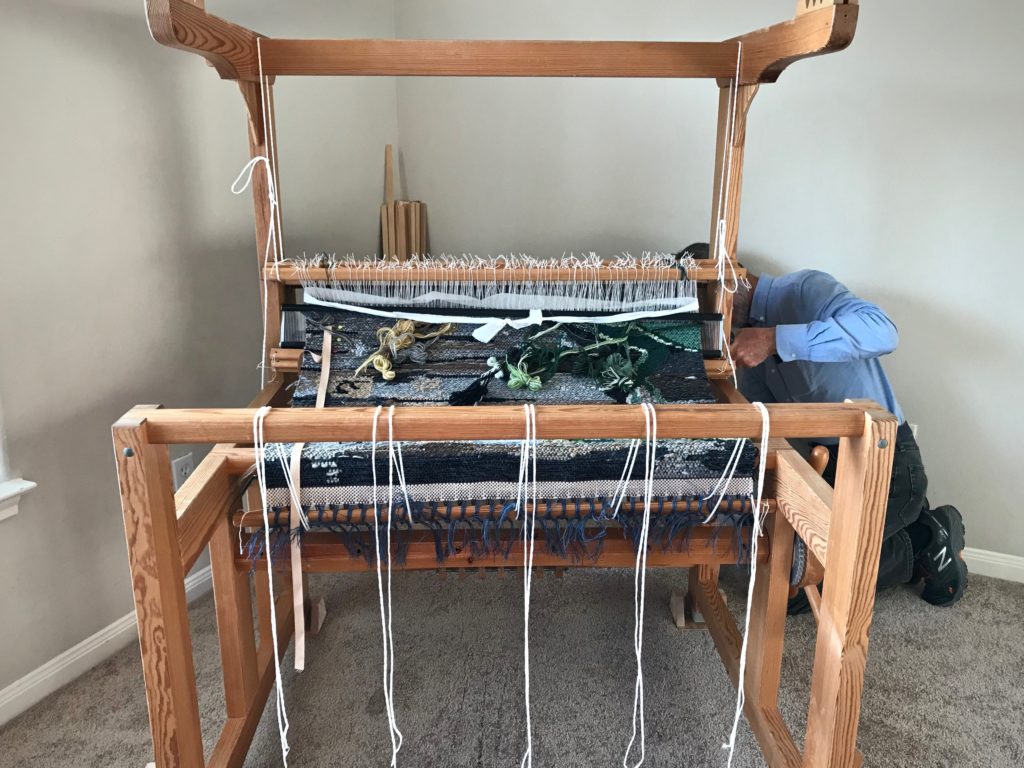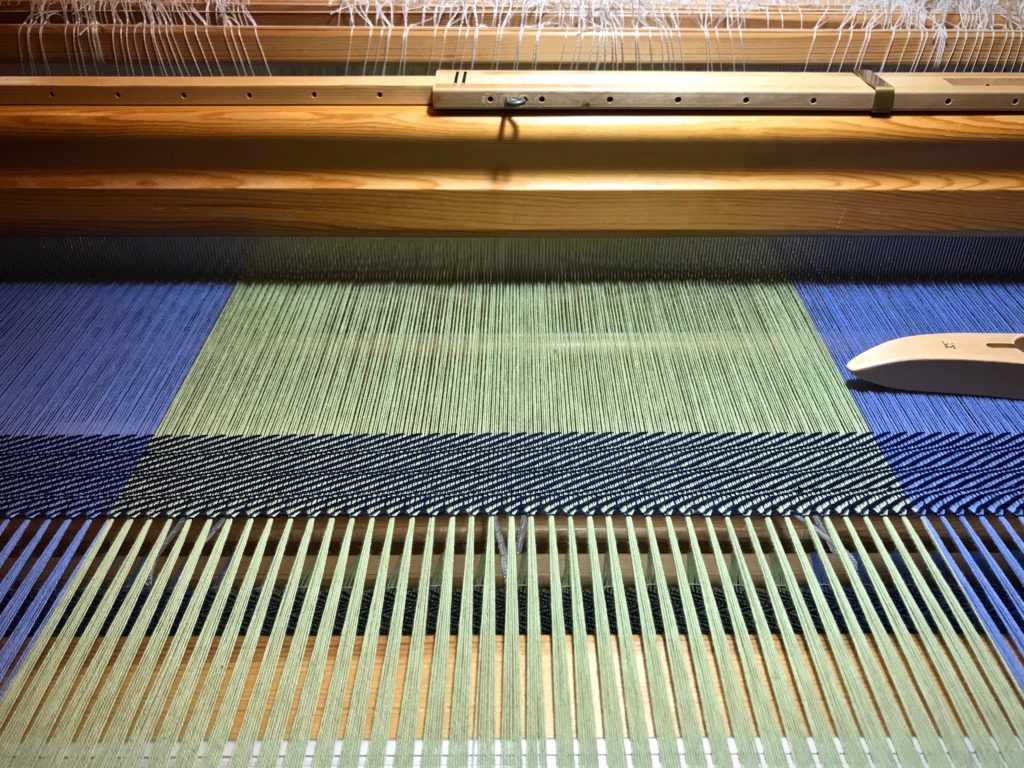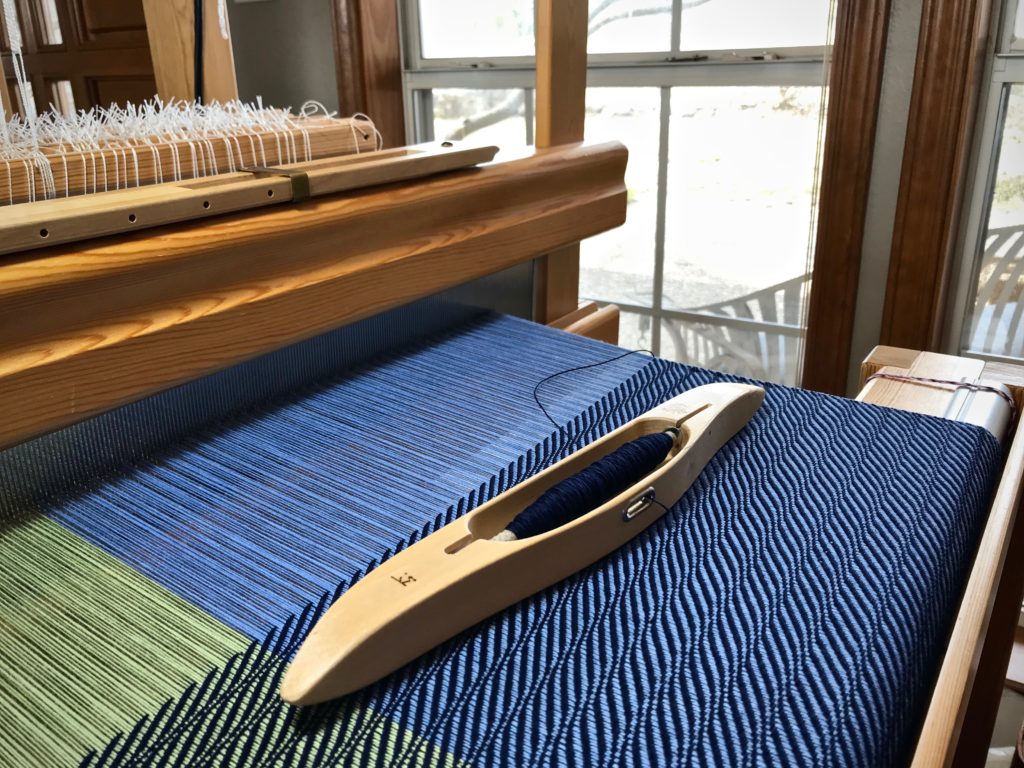It is a daunting task to weave a tapestry of an important person. Do I have enough skill to give what this project deserves? I started with a photograph of a beautiful woman in her eventide years, and made a workable cartoon. The person in the picture is someone who has significantly influenced my appreciation of beauty all around. This is my mother.
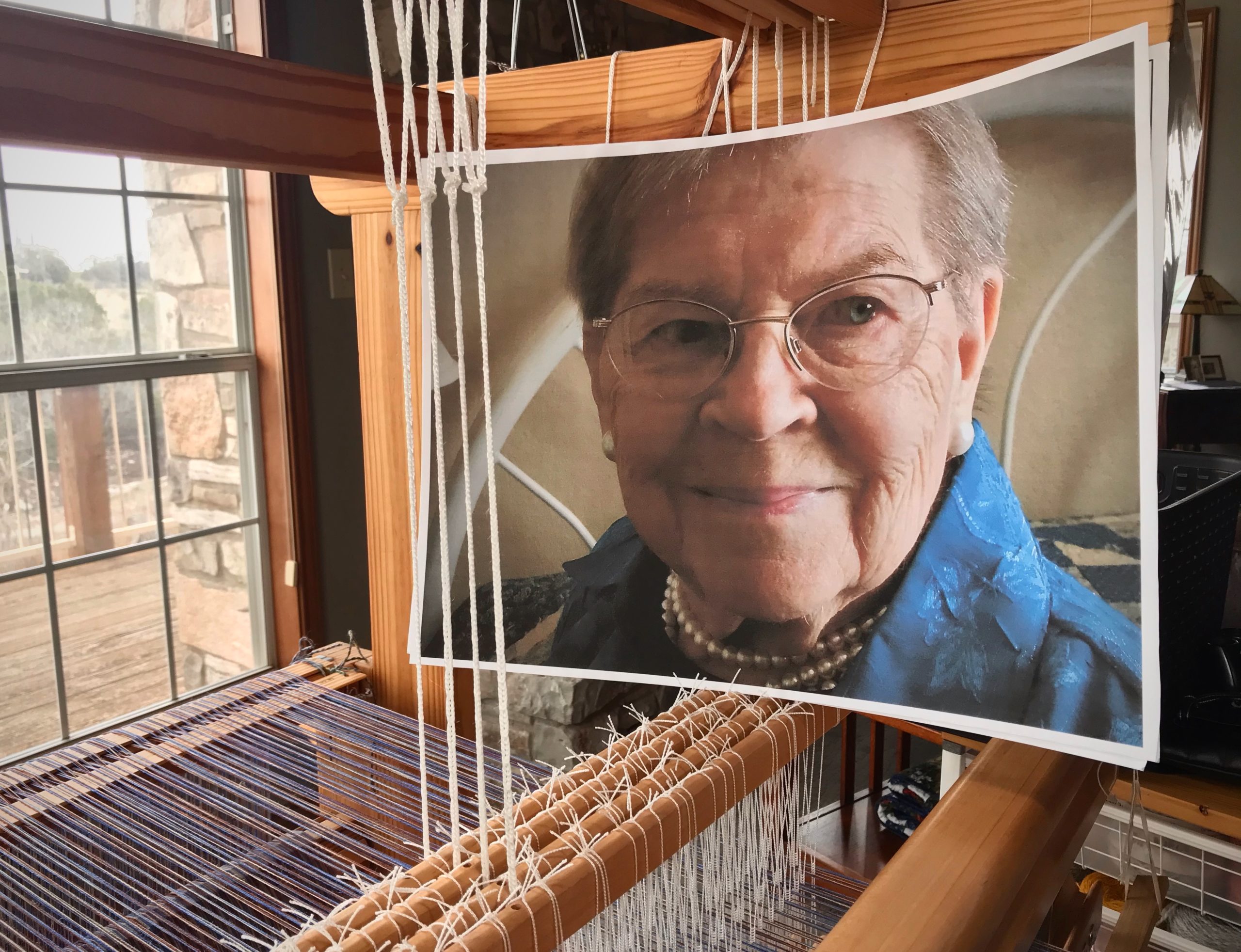

In preparation for the tapestry, I have been weaving sample areas of the cartoon. The eyes, the chin and neck, the mouth, the edge of the ear. The biggest lessons I’ve learned are to exaggerate contrasts in value, and to dull the colors that are adjacent to colors that I want to appear bright. It’s time to step out and give myself to the task. This is where I aspire to show more than the unique features of my mother’s face. It’s where I show her heart.
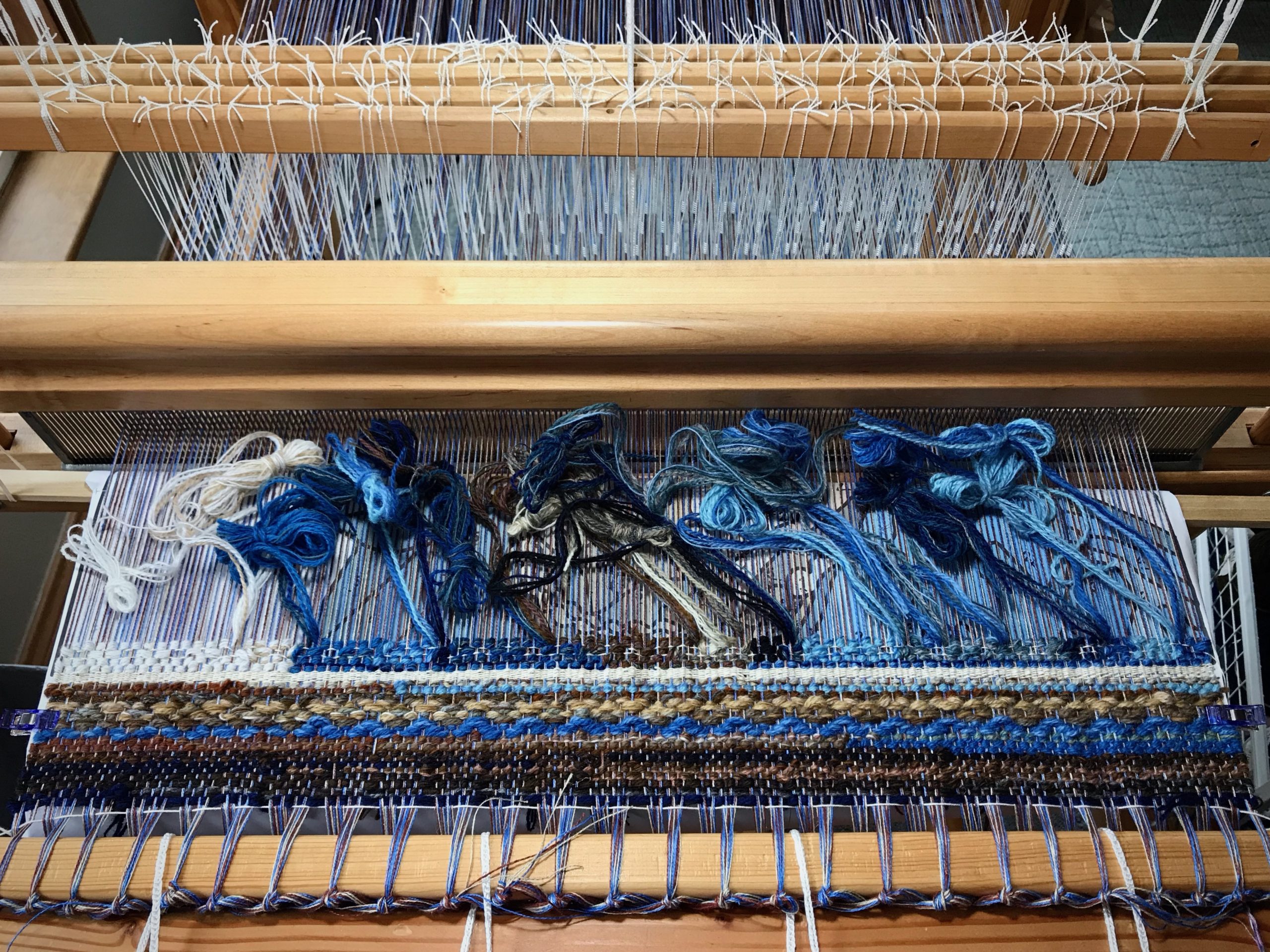
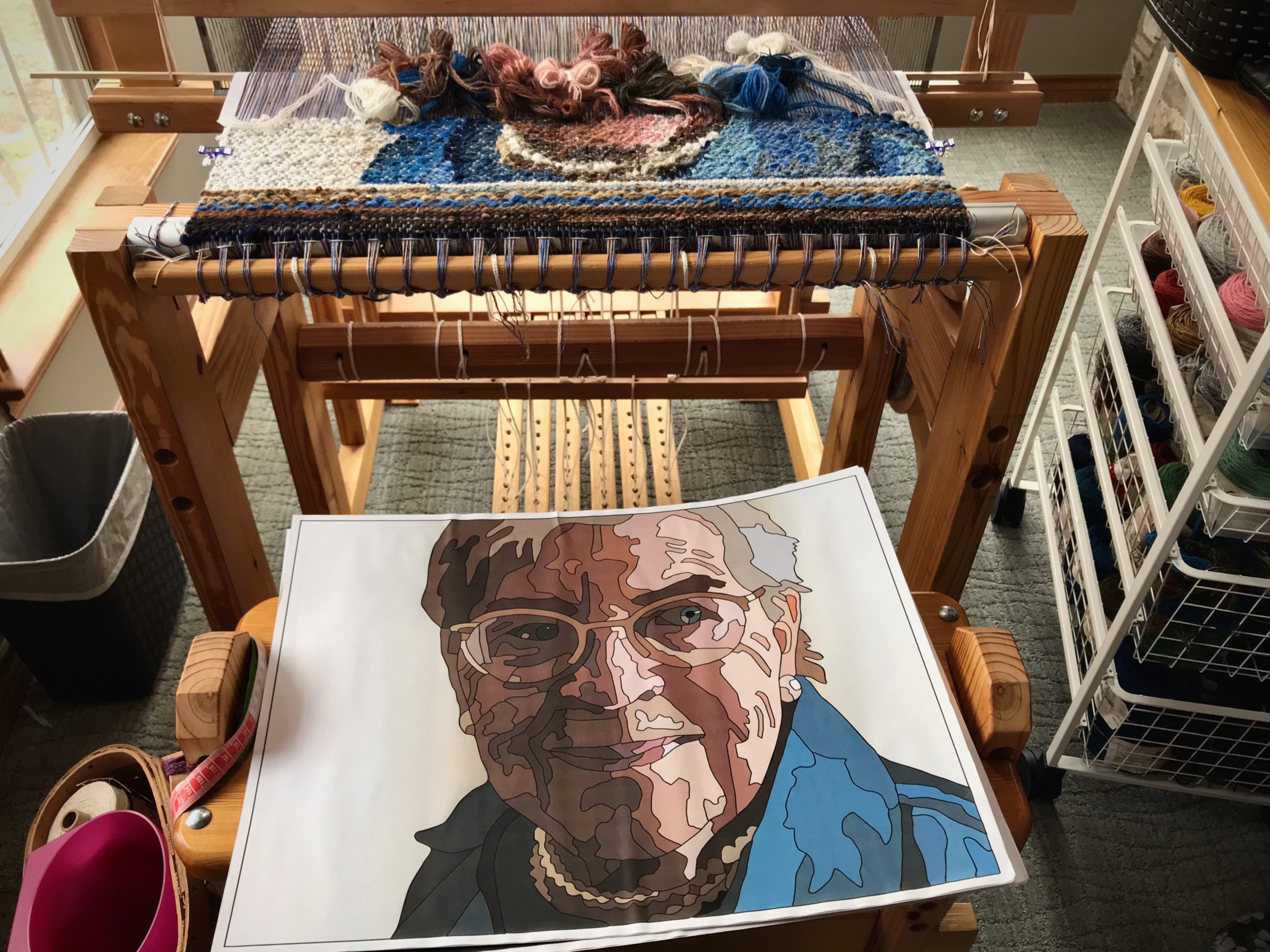
A generous heart always has enough. Giving out of our surplus is not generosity. However, if I give you what I’d rather keep, I give you some of myself. Give time, resources, support. Share talents, fascinations, insights. Mom, thanks for giving me so much of yourself.
May your loved ones benefit from your generosity.
With gratitude,
Karen

